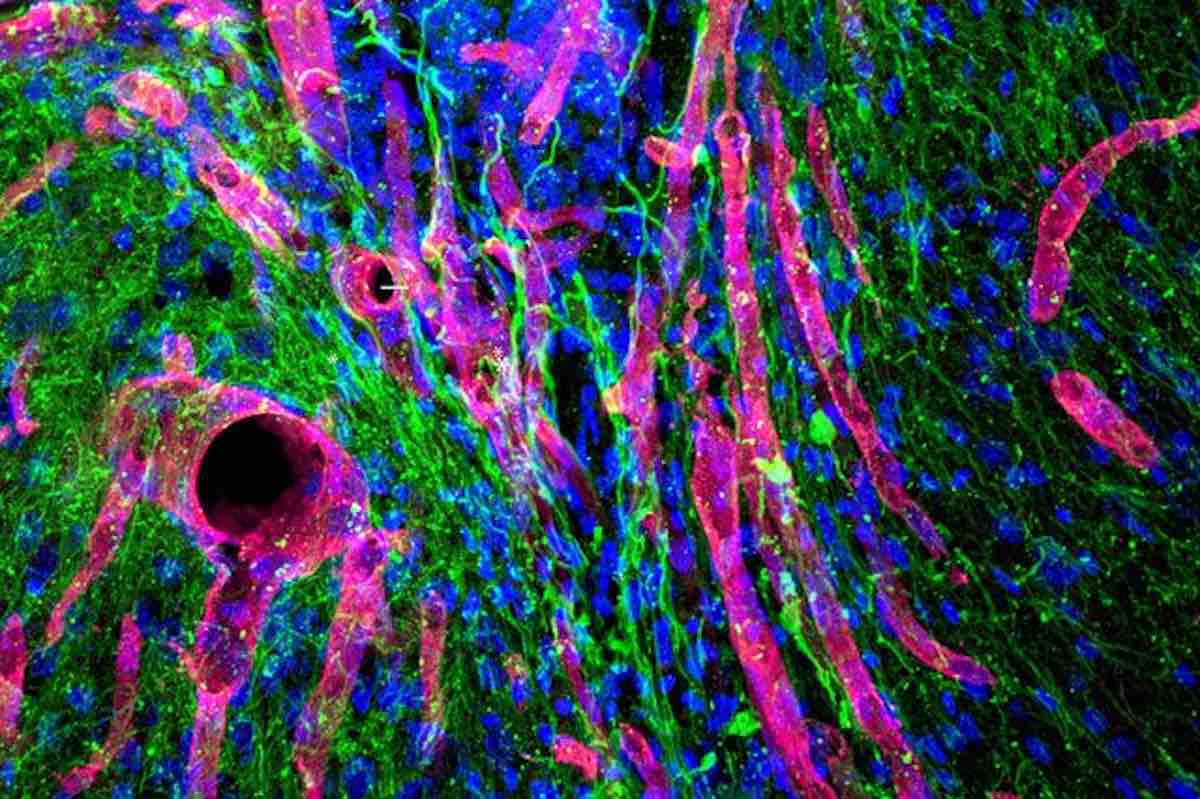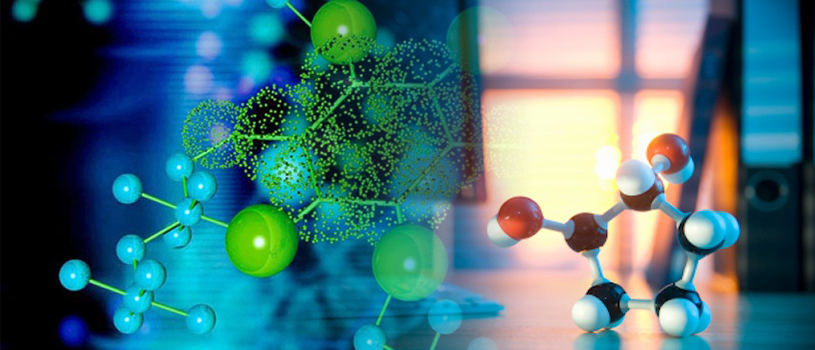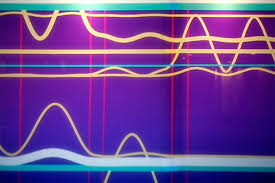
In a major medical breakthrough, Tel Aviv University researchers have "printed" the world's first 3D heart. Engineered heart completely matches the immunological, cellular, biochemical and anatomical properties of the patient.

Scientists in Basel, Switzerland, have created an artificial tissue that mimics some of the biological properties of natural bone marrow niches and can support stem and progenitor cell replication over several days.

Researchers have just made a breakthrough discovery in how we can possibly treat stroke patients in the future.

A robotic system has been developed to automate the production of human mini-organs derived from stem cells. This will expand the use of mini-organs in basic research and drug discovery.

Each scaffold was made by 3D printing a replica of each patient’s ear using a Z Corporation Spectrum Z510 3D printer. The scaffolds were then populated with living cells from each patient.

Nanoengineers have 3-D printed a lifelike, functional blood vessel network that could pave the way toward artificial organs and regenerative therapies.

A research team has succeeded in creating mice in the laboratory with hyper-long telomeres and with reduced molecular ageing, avoiding the use of genetic manipulation.

Scientists from China have made history by taking a cell that's not a sperm cell and then used it to create a live animal. A similar technique could be used one day to treat infertility in humans.